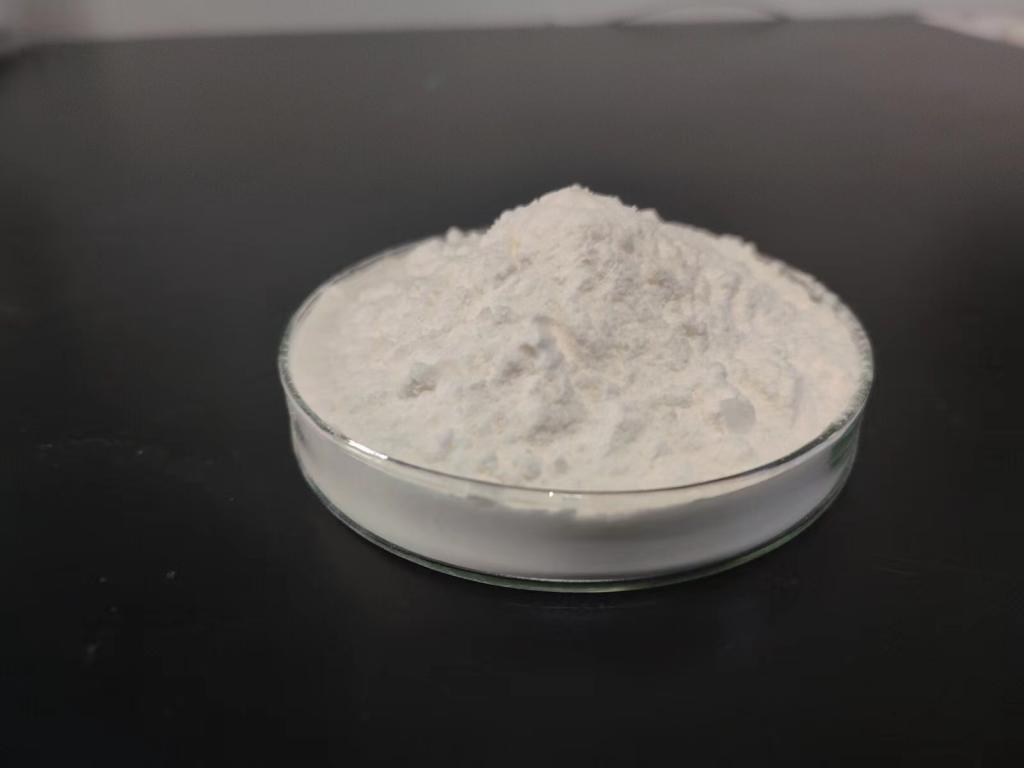Tel:+8618231198596

News
 CONTACT
CONTACT
 CONTACT
CONTACT
- Linkman:Linda Yao
- Tel: +8618231198596
- Email:linda.yao@dcpharma.cn
- Linkman:CHARLES.WANG
- Department:Overseas
- Tel: 0086 0311-85537378 0086 0311-85539701
News
ε-Polylysine Hydrochloride in Precision Medicine: Tailored Therapies for Improved Health
TIME:2024-02-22
Precision Medicine: A Paradigm Shift in Healthcare
Precision medicine represents a departure from the one-size-fits-all approach to healthcare. By leveraging advances in genomics, proteomics, and other omics technologies, precision medicine aims to identify specific molecular and genetic characteristics that influence an individual's response to treatments. This personalized approach holds the promise of more effective, targeted, and less invasive medical interventions.
ε-Polylysine Hydrochloride: A Versatile Biomolecule
ε-PL, a naturally occurring antimicrobial peptide, has garnered attention for its diverse applications in various industries, including food preservation and environmental remediation. Its cationic nature and unique properties make it a versatile biomolecule with the potential for innovative applications in precision medicine.
Drug Delivery Advancements with ε-PL:
a. Nanoparticle Formulations: ε-PL can be utilized in the development of nanoparticle drug delivery systems. These nanoparticles can encapsulate therapeutic agents, protecting them from degradation and facilitating targeted delivery to specific cells or tissues. The positively charged ε-PL can enhance the stability and bioavailability of these formulations.
b. Targeted Drug Release: The cationic nature of ε-PL allows for controlled and targeted drug release. By modulating the pH or introducing stimuli-responsive components, drug-loaded ε-PL nanoparticles can release therapeutic agents precisely at the intended site, minimizing side effects and maximizing efficacy.
c. Combination Therapies: ε-PL can be employed in the design of combination therapies, where multiple drugs or therapeutic agents are encapsulated in a single delivery system. This approach allows for synergistic effects, enhanced therapeutic outcomes, and a reduction in the overall dosage required, potentially minimizing adverse effects.
Diagnostics and Imaging Applications:
a. Imaging Contrast Agents: ε-PL can be incorporated into imaging contrast agents, enhancing their stability and providing a platform for targeted imaging. This application is particularly valuable in diagnostics, allowing for the visualization of specific tissues or pathological features with improved precision.
b. Biosensors and Point-of-Care Devices: The antimicrobial properties of ε-PL can be harnessed in the development of biosensors and point-of-care diagnostic devices. By immobilizing biomolecules on ε-PL-coated surfaces, these devices can detect specific analytes, pathogens, or biomarkers, enabling rapid and accurate diagnostics.
Therapeutic Applications of ε-PL in Precision Medicine:
a. Antimicrobial Treatments: The intrinsic antimicrobial activity of ε-PL makes it a potential candidate for targeted antimicrobial treatments. In precision medicine, where identifying the specific causative agent is crucial, ε-PL can be tailored for use in antimicrobial therapies, addressing infections with precision and minimizing collateral damage to beneficial microflora.
b. Cancer Therapies: The versatile properties of ε-PL can be explored in the field of cancer therapy. From drug delivery systems targeting cancer cells to the development of imaging agents for early detection, ε-PL holds promise in advancing precision medicine approaches for cancer treatment.
c. Immunotherapies: ε-PL's immunomodulatory effects may be utilized in the design of immunotherapies. By enhancing the body's immune response against specific targets, ε-PL can contribute to the development of personalized immunotherapeutic strategies tailored to individual patients.
Safety Considerations and Biocompatibility:
Ensuring the safety and biocompatibility of ε-PL in precision medicine applications is paramount. Preliminary studies suggest that ε-PL is generally well-tolerated, but comprehensive safety assessments, including toxicity studies and immunogenicity evaluations, are necessary before widespread clinical use. Collaborative efforts between researchers, regulatory bodies, and industry stakeholders are crucial to establish safety standards for ε-PL in precision medicine.
Regulatory Landscape and Approval Process:
The integration of ε-PL into precision medicine applications requires adherence to regulatory standards and approval processes. Collaborative efforts between academia, industry, and regulatory agencies are essential to navigate the complex landscape of approvals and ensure that ε-PL-based precision medicine interventions meet the required safety and efficacy criteria.
Challenges and Future Directions:
Despite the promising applications of ε-PL in precision medicine, challenges exist that warrant further research and development. Optimization of ε-PL formulations for specific therapeutic purposes, addressing potential immunogenicity concerns, and exploring its interactions with different cell types are areas for ongoing investigation. Continued research efforts will help unlock the full potential of ε-PL in advancing precision medicine.
Ethical Considerations in Precision Medicine:
Precision medicine raises ethical considerations related to privacy, consent, and the equitable distribution of benefits. As personalized treatments become more common, it is essential to establish ethical frameworks that prioritize patient autonomy, informed consent, and the responsible use of personal health data in precision medicine research and practice.
Patient Engagement and Education:
In the era of precision medicine, patient engagement and education are crucial. Empowering patients with knowledge about personalized treatment options, potential benefits, and ethical considerations fosters informed decision-making. Healthcare providers play a vital role in facilitating communication and ensuring that patients are active participants in their care.
Conclusion:
In conclusion, ε-Polylysine Hydrochloride emerges as a multifaceted biomolecule with significant potential in advancing precision medicine. From drug delivery systems to diagnostic applications and targeted therapies, ε-PL's unique properties contribute to the development of tailored interventions that prioritize individual patient needs. Collaborative efforts among researchers, healthcare professionals, and regulatory agencies are essential to navigate challenges, ensure safety, and pave the way for the integration of ε-PL in precision medicine, ultimately improving health outcomes for individuals worldwide.
- Tel:+8618231198596
- Whatsapp:18231198596
- Chat With Skype







